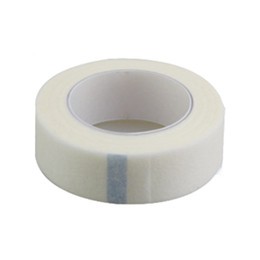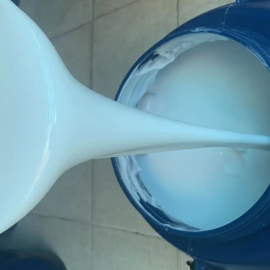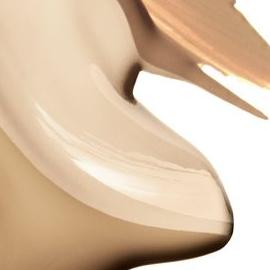With the rapid development of the modern electronics industry, more and more new polymer materials are widely used in key links such as assembly, packaging, protection, and heat dissipation of electronic devices. As an indispensable adhesive material in the electronics industry, pressure-sensitive adhesives have become the driving force for the miniaturization, thinness, and high performance of devices. What are the advantages of silicone PSA in the new electronics industry?
Silicone pressure-sensitive adhesives (silicone PSAs) utilize independently synthesized high-purity methylsiloxane as the matrix, combined with high-efficiency catalysts and fine additives to ensure a perfect balance of product adhesion, high-temperature tolerance, and low volatility. These adhesives are formulated to cover a range of types, including room-temperature curing, high-temperature curing, high-transparency electronic-grade, low-odor, and UV-curing, to meet the needs of various segments such as smart hardware, optoelectronic modules, flexible assembly, and microelectronics. Customization in viscosity, peel adhesion, thickness, and functionality is available to match customer substrates, process, and purpose. Silicone PSAs have been developed in various forms to meet the specific application requirements of industries such as electronics, industrial processes, and construction.
There are four aspects to introducing silicone PSA:
- What is silicone pressure-sensitive adhesive?
- What are the advantages of silicone PSA?
- What are the applications of silicone PSA in electronics?
- How to improve electronic silicone resin performance?
1. What is silicone pressure-sensitive adhesive?
Silicone pressure-sensitive adhesive is a polymer adhesive product with polysiloxane (e.g., PDMS) as the main chain, modified by reactive side groups, functional additives, and cross-linking via condensation, addition, or radiation. The liquid nature of silicone adhesive enables it to flow and achieve intimate contact with various surfaces, including those with low surface energy, which enhances wettability and promotes strong molecular interactions for reliable adhesion. Compared to traditional acrylic or rubber-based pressure-sensitive adhesives, silicone psa exhibits stability and unique adhesion under extreme conditions. It is widely used in electronics with stringent requirements for temperature, humidity, chemicals, electrical insulation, and cleanliness.
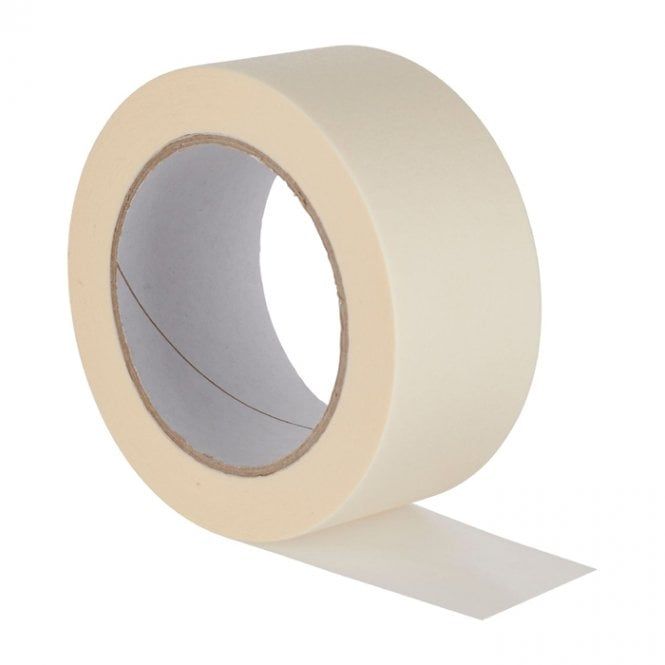
2. What are the advantages of silicone PSA?
(1) Excellent high and low temperature resistance
Silicone psa maintains stable viscosity and elasticity between -50°C and +250°C+. Modern electronics manufacturing (e.g., SMT reflow, chip packaging) faces extreme thermal cycling—silicone pressure-sensitive adhesives reliably perform where other PSAs fail.
(2) Electrical insulation and dielectric properties
The silicone resin skeleton offers high volume resistivity (>10¹⁵ Ω·cm) and low dielectric loss. This ensures stable operation for sensitive circuits, sensors, and FFC/FPC boards.
(3) Aging resistance and chemical inertness
Silicone pressure-sensitive adhesives resist UV, ozone, humidity, heat, solvents, and chemicals. They outperform acrylic pressure-sensitive adhesive in harsh environments like outdoors, high humidity, or salt spray.
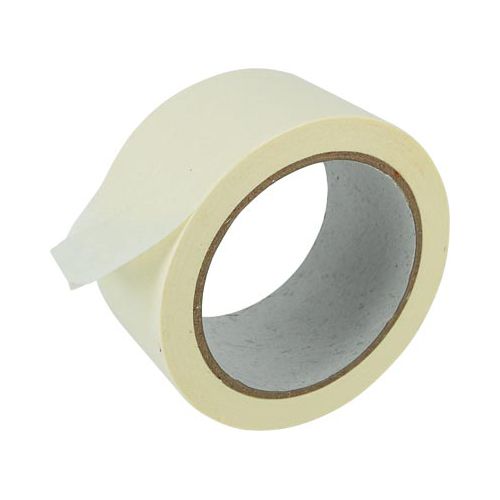
XJY-301 Silicone Pressure-Sensitive Adhesive
This adhesive combines silicone resin, high-MW PDMS, and organic additives. Compared to rubber-based adhesives, it offers heat resistance, high stability, electrical insulation, transparency, strong peel adhesion, and resistance to organic solvents. Applications include industrial processing, electronics, optical films, healthcare, mica tapes, splicing tape, protective films, and masking tapes.

Silicone PSAs are often coated onto various backings, such as plastic films or cloth, to create high-performance tapes for demanding environments.
(4) Environmentally friendly and halogen-free
High-quality silicone psa contains no halogens, benzene, plasticizers, or heavy metals. It complies with RoHS/REACH, making it suitable for green electronics and export.
(5) Surface adaptability and clean adhesion
Silicone pressure-sensitive adhesives bond reliably to many substrates (PI, PTFE, PET, glass, metal). They leave minimal residue after removal and offer reworkability. Silicone PSAs can be manufactured using solvent-free or low-solvent processes, which further reduces residue and meets electronics industry standards for cleanliness. Low volatility meets electronics’ “zero contamination” demands.
(6) Optical transparency
Specialty silicone PSAs achieve >90% visible-light transmission and resist yellowing—critical for displays, cameras, and sensors exposed to sunlight.

(7) Thickness and performance customization
Peel adhesion, tack, and holding power can be tuned via MW, crosslink density, solid content, or additives. By changing formulation parameters such as crosslink density or solid content, manufacturers can set specific performance characteristics to meet the requirements of different applications. Thickness ranges from microns to millimeters.
3. What are the applications of silicone PSA in electronics?
(1) FPC/FFC bonding and protection
Silicone pressure-sensitive adhesives bond, insulate, and protect flexible circuits (FPC/FFC) in smartphones, cameras, tablets, and automotive systems. High-temperature resistance and clean removal improve reworkability.

(2) Protective films and display assembly
Silicone PSA-coated transparent films protect screens during bonding, shipping, and retail. High cleanliness, peelability, and residue-free removal provide scratch-free results. BOPP films are commonly used as substrates for silicone PSA coatings, offering excellent release and protection properties for display applications.
Case: Smartphone display protection
High-end smartphones use ultra-clean silicone psa films (25–50 µm thick) for factory-to-end-user protection. Compared to hydrocarbon PSA, silicone leaves no molecular residue on OLED/AMOLED displays and meets anti-static requirements.
(3) Chip packaging and thermal interfaces
Silicone adhesives serve as protective films or thermally conductive media for CPUs, GPUs, RF devices, LEDs, and power electronics.
(4) EMI shielding and sealing
Conductive filler-designed silicone PSAs create EMI shielding tapes for 5G base stations, antennas, and military electronics.
(5) Component assembly and temporary fixation
Silicone pressure-sensitive adhesives temporarily fix components in wearables, audio devices, and camera modules during automated assembly. Easy removal assists maintenance.
(6) Sensors, OLED/LEDs, and camera modules
Optically clean silicone psa is suitable for advanced displays and high-res camera packaging due to purity and adhesive strength.
(7) Automotive, aerospace, and specialty electronics
Silicone psas perform in extreme automotive (engine sensors), aerospace (radiation/temperature swings), and environments prone to fungus.
4. How to improve electronic silicone resin?
Silicone pressure-sensitive adhesives drive innovation in electronics with their stability and versatility. From semiconductors to aerospace, they provide the flexible backbone for next-gen microelectronics. How to improve competitiveness?
XJY Silicones, a leading manufacturer of silicone MQ resins and VMQ silicones, offers 30+ years of expertise. Our products lead the industry in performance, innovation, and advanced functionalities for silicone PSA and release coating applications. Our automated process line provides testing platforms and customization to assist in developing innovative products. Contact us for silicone psa samples, catalogs, technical collaboration, or to request more information such as technical specifications and detailed product information about our silicone PSA solutions!
![]()

